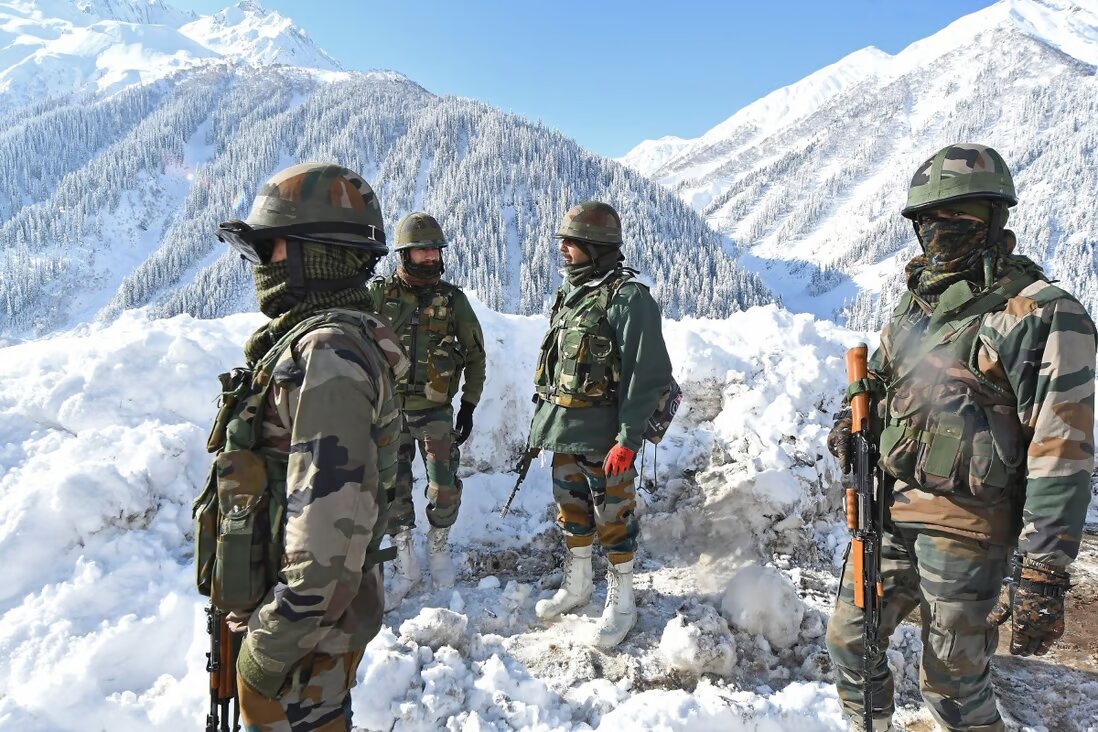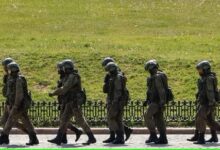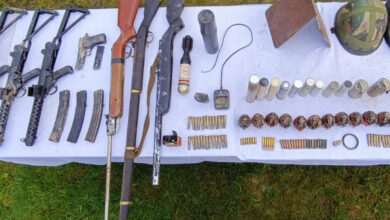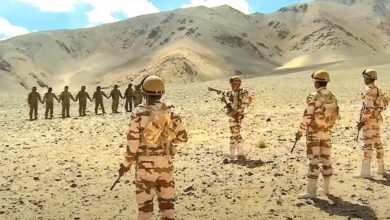LAC Has Fully Deployed India-china Forces

- The Indian Army, on the other hand, has enough troops and reserves to handle any military emergency along the LAC. They can stop any PLA from crossing the border and can also launch a counterattack in the western, middle, and eastern parts of the LAC.
- President Xi's trip to Moscow on March 21 and 22 brought China closer to Russia. This worries India because both New Delhi and Beijing use hardware platforms made in Russia, such as aircraft engines and fighter jets.
Since the PLA hasn’t shown any signs of pulling back the extra reserve troops that were sent to the eastern sector before the 20th National Party Congress of the Chinese Communist Party in October, mutual de-escalation of forces has been put on hold, and the Indian Army is also fully deployed to deal with military emergencies.
At a news conference on Thursday, Army Chief General Manoj Pande confirmed that the Chinese PLA had not reduced troops along the Line of Actual Control (LAC). He also said that the PLA was putting a lot of effort into improving their military on the borders. He said that since May 5, 2020, when the PLA broke the rules in Galwan, Gogra-Hot Springs, and Pangong Tso, China had sent 50,000 troops with heavy weapons into the area.
Gen. Pande talked about the threat posed by the PLA along the LAC, but the main cause for concern is the Chinese Communist Party’s plan to send more troops to the eastern sector before the 20th National Party Congress in October 2022. Because the PLA moves its troops around, no less than six light to medium combined armed brigades have been sent to Sikkim, Arunachal Pradesh, and Kibithu.
At first, the Indian Army thought that the deployed additional reserve troops would be sent back to their bases in the PLA’s northern and eastern command after Xi Jinping was re-elected as China’s president for the third time. However, the current assessment is that these troops will stay to keep pressure on India’s eastern sector.
China has upgraded its military along the LAC, and India has done the same thing. Under Prime Minister Narendra Modi and with the help of national security planners, India now has the ability and capacity to respond to a violation faster than ever before in the past decades.
Even though the Opposition says that the Modi government is ignoring the Chinese threat, the Indian military is in a much better position to deal with any PLA aggression now that the roads, communications, and landing grounds along the LAC have been improved and local commanders have been given the power to make decisions on the spot instead of having one hand tied behind their backs like in the past.
The Indian Army, Air Force, and Navy all have enough reserves to deal with any situation. The Modi government is also not backing down diplomatically and is eager to normalise relations with Beijing until all the points of conflict in East Ladakh are resolved and forces are brought back down to the level they were at in 1993 and 1996.
Since the PLA’s actions in May 2020 were a blow to the agreements made in Wuhan and the efforts made in Chennai by PM Modi to reach out to President Xi in a serious way, India is taking careful steps after watching how things are going in Tibet and Xinjiang.
After China brokered a peace deal between Shia and Sunni this month and got more power in the Islamic world, it is clear that the Muslim world will ignore Han repression in Sunni-dominated Xinjiang province and Buddhist-dominated Tibet. China is the only country that has close ties with Shia Iran, Sunni Saudi Arabia and UAE, and the Turkey-Pakistan axis.
The Indian Army, on the other hand, has enough troops and reserves to handle any military emergency along the LAC. They can stop any PLA from crossing the border and can also launch a counterattack in the western, middle, and eastern parts of the LAC. It may be because of this increased vigilance that any PLA aggression along the LAC is caught and stopped according to the rules.
President Xi’s trip to Moscow on March 21 and 22 brought China closer to Russia. This worries India because both New Delhi and Beijing use hardware platforms made in Russia, such as aircraft engines and fighter jets. PM Modi has put all of his attention on “Aatmanirbhar Bharat” to build a military-industrial complex in India because of this. This year, this “indigenization” campaign will get a boost that will lead to new ways of doing things. Both China and India are growing quickly.







Facebook Comments